
What is Onsen? A Guide to History, Benefits, and Etiquette
Onsen, Japan’s cherished hot spring culture, offers a unique blend of relaxation, scenic beauty, and deep-rooted traditions. Known for its therapeutic mineral-rich waters, serene mountain settings, and culturally significant rituals, onsen provides visitors with a tranquil retreat and a profound connection to Japan’s natural landscape. This guide will walk you through the essentials of onsen culture, including its historical background, must-visit locations, unique bathing experiences, and important etiquette to ensure a memorable and respectful visit.
Read on to discover everything you need to know to fully experience Japan’s onsen culture, from the health benefits and various styles to insider tips and etiquette for first-time visitors.
Contents
2. The History of Onsen in Japan
3. Types of Onsen: Styles and Mineral Properties
4. Health Benefits of Onsen Bathing
1. Overview of Onsen Culture
Onsen, meaning “hot spring” in Japanese, is a key aspect of Japanese life and leisure. With thousands of natural hot springs spread across Japan, onsen bathing is both a popular pastime and a time-honored tradition. These baths range from rustic open-air pools surrounded by nature to high-end resorts with luxurious amenities, providing a unique escape from the demands of daily life.
Onsens are deeply ingrained in Japanese society, appreciated for their health benefits and the serene experience they offer. Many onsens are located in scenic spots such as mountains or by rivers, offering breathtaking views and opportunities for relaxation.
2. The History of Onsen in Japan
Onsen culture dates back centuries, with records of people using hot springs as early as Japan's Nara period (710–794 AD). Originally, these springs were revered by monks for their purifying qualities and valued by travelers as a place to recover from long journeys. Over time, onsen culture spread to the general public, becoming an integral part of Japanese leisure and wellness practices.
Historic onsen towns such as Beppu and Hakone developed around these hot springs, drawing people from across Japan and beyond. Today, these towns offer a combination of ancient customs and modern amenities, making them beloved destinations for locals and tourists alike.
3. Types of Onsen: Styles and Mineral Properties
Onsens are categorized based on their mineral compositions, each believed to offer distinct health benefits. Popular onsen types include:
Sulfur Onsen
Known for its strong smell, sulfur onsen is reputed to help with skin ailments and respiratory health.
Iron Onsen
Iron-rich onsens are often reddish-brown in color and are thought to promote better circulation and alleviate fatigue.
Carbonated Onsen
Featuring natural bubbles, carbonated onsens are relaxing and can aid in improving blood flow.
Salt Onsen
Commonly found near coastal regions, salt onsens help retain warmth in the body and are beneficial for the skin.
4. Health Benefits of Onsen Bathing
Onsen bathing is celebrated not only for its relaxing effects but also for its potential health benefits. Regular onsen visits are believed to relieve muscle tension, ease joint pain, improve skin conditions, and boost circulation. Immersing oneself in these mineral-rich waters provides both physical and mental relaxation, making onsen a favored practice for wellness.
5. Onsen Etiquette: What to Know Before You Go
Respectful onsen etiquette is essential for a harmonious experience. Key guidelines include:
- Shower Before Entering: Always wash thoroughly at the shower stations before entering the communal onsen bath.
- No Towels in the Bath: While a small towel may be used for modesty, it should never be submerged in the water.
- Keep Quiet: Onsens are places of relaxation; avoid loud conversations or disruptions.
- Follow Local Customs: Some onsens may have specific rules regarding tattoos, which may be prohibited in certain facilities.
6. Top Onsen Destinations Across Japan
Japan offers numerous renowned onsen destinations, each with its own unique ambiance and regional features:
Hakone
Close to Tokyo, Hakone is famous for its scenic views of Mount Fuji and wide selection of onsen resorts, offering a blend of traditional and modern facilities.
Beppu
Located on Kyushu Island, Beppu is celebrated for its wide variety of onsen experiences, including hot spring “hells” showcasing colorful mineral pools and steam vents.
Noboribetsu
In Hokkaido, Noboribetsu is known for its mineral-rich waters and volcanic landscapes, drawing visitors for both relaxation and therapeutic purposes.
Share
You may also like
-

Visiting Japan’s Love Hotel Districts: What to Expect
Japan’s love hotel districts are famous for their unique and fascinating blend of privacy, creativity, and a touch of...
-

Top 10 Late-Night Dining Spots in Tokyo’s 24-Hour Cafes
Tokyo’s vibrant nightlife extends well beyond bars and nightclubs, with a thriving late-night dining culture tha...
-

Best Night Tours in Tokyo for After-Dark Adventures
Tokyo’s nightlife is renowned for its energy, vibrancy, and unique blend of traditional and modern experiences. From ...
-

Japan’s Late-Night Food Culture: 8 Best Street Eats
Japan’s late-night food culture is a vibrant experience, especially in bustling cities like Tokyo and Osaka, where de...
-

7 Rooftop Bars in Tokyo for Stunning Views
Tokyo’s rooftop bars offer some of the best ways to soak in the city’s skyline while enjoying drinks, atmosphere, and...
-

10 Best Nightclubs in Tokyo for Dancing and Music Lovers
Tokyo's nightlife is renowned for its variety and energy, with nightclubs that range from high-energy dance floors to...
-
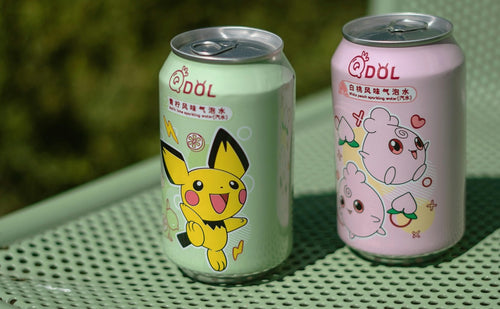
8 Themed Bars and Cafes You Need to Visit in Tokyo
Tokyo is famous for its creative and quirky themed bars and cafes, offering immersive experiences for locals and...
-

Tokyo Nightlife Guide: Shinjuku, Shibuya, and Roppongi Highlights
Tokyo’s nightlife is legendary, offering a mix of vibrant energy, entertainment, and unique experiences in some of it...
-
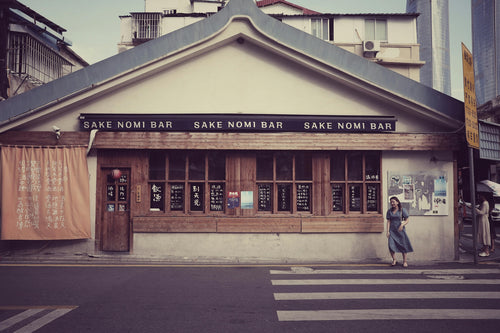
7 Best Japanese Sake Bars in Tokyo
Tokyo is home to some of Japan’s best sake bars, offering both locals and visitors an opportunity to explore the...
-

Top 6 Observation Decks in Tokyo for Scenic Views
Tokyo’s observation decks offer some of the best panoramic views of the city, giving visitors a chance to see th...
-
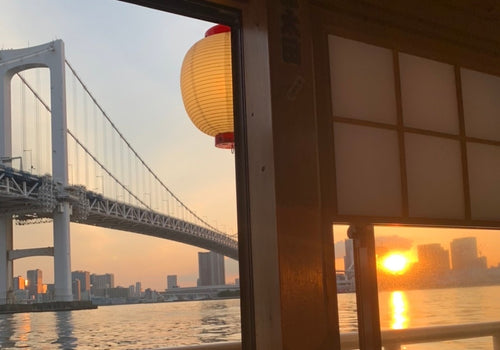
Night Cruises in Tokyo: Enjoy the City Views
Tokyo’s skyline is mesmerizing at any time, but experiencing it from the water on a night cruise adds a magical ...
-
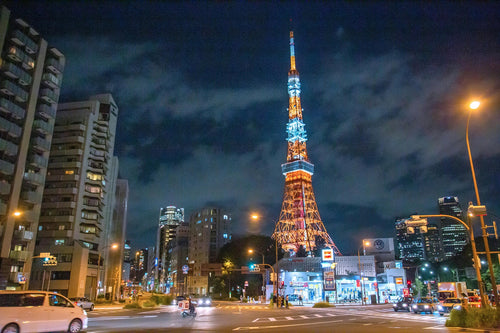
Roppongi Art and Nightlife Guide
Roppongi is one of Tokyo’s most vibrant districts, known for its lively nightlife, sophisticated art scene, and ...
-
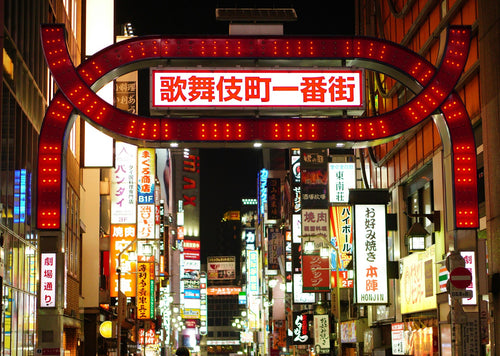
Nightlife Guide to Shinjuku Kabukicho
Shinjuku’s Kabukicho district, known as Tokyo’s “Sleepless Town,” is the center of nightlife in Tokyo. Renowned ...
-

6 Best Night View Spots in Tokyo
Tokyo at night is a breathtaking spectacle, with illuminated skyscrapers, iconic landmarks, and bustling streets that...
-

Top 12 Sake Breweries in Japan for Tasting and Tours
Japan’s sake culture is celebrated around the world for its depth, complexity, and rich history. Sake, or nihons...
-
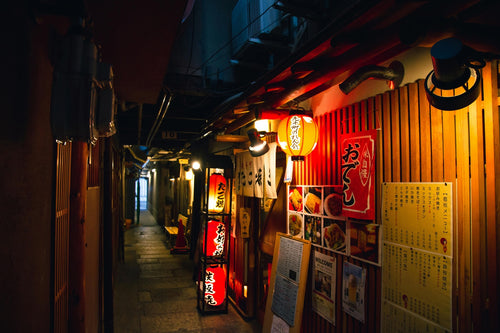
How to Enjoy a Night at a Japanese Izakaya
Japanese izakayas are casual, lively spots where locals gather after work to enjoy drinks, share small plates, a...
-

Exploring Karaoke Culture in Japan: 8 Best Places to Sing
Karaoke is an integral part of Japanese culture, offering a fun and entertaining way for friends, family, and even co...
-

5 recommended bars in Golden Gai
Golden Gai, nestled in the heart of Tokyo’s Shinjuku district, is one of the city’s most iconic bar districts. Known ...
-
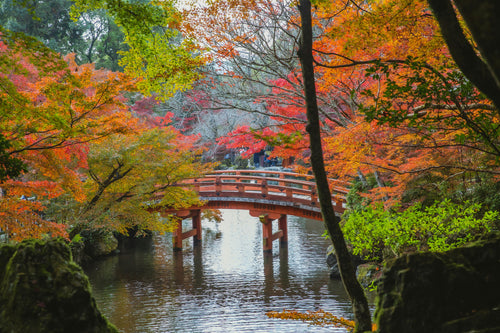
10 Japanese Gardens You Should Visit for Tranquility
Japanese gardens are renowned for their beauty, tranquility, and intricate designs that reflect harmony with nature. ...
-

Japan’s Kimono Heritage: Symbolism, Style, and Where to See
The kimono, Japan’s traditional garment, is a beautiful and symbolic representation of Japanese culture. From its int...
-
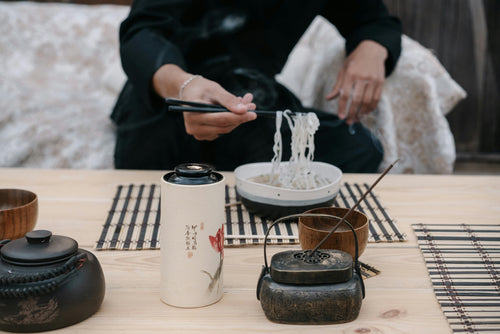
Etiquette Essentials for Visitors to Japan
Japan’s culture is rich in respect, politeness, and consideration, making etiquette an essential part of daily l...
-
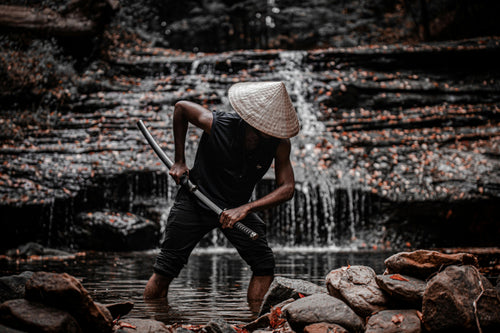
7 Best Places to Discover Japan’s Samurai History
Japan’s samurai history is one of honor, skill, and deep cultural influence, stretching back centuries and leaving an...
-
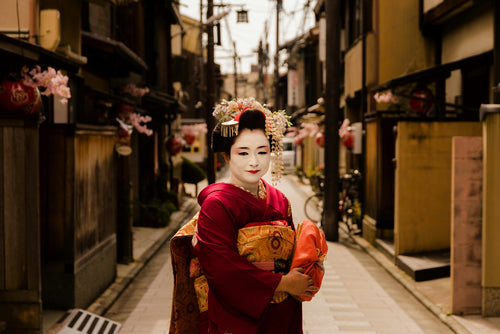
Geisha Culture in Japan: Myths and Realities
The world of geisha, Japan’s skilled performers and keepers of traditional arts, has long intrigued people around th...
-

Japan’s Unique Architecture: Top 8 Traditional and Modern Landmarks
Japan is renowned for its unique blend of ancient architectural heritage and cutting-edge modern designs. From c...
-
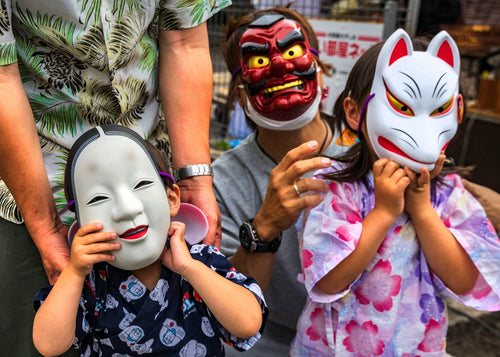
10 Traditional Japanese Festivals (Matsuri) You Can’t Miss
Japanese festivals, or *matsuri*, are vibrant celebrations of cultural heritage, featuring elaborate costumes, l...
-
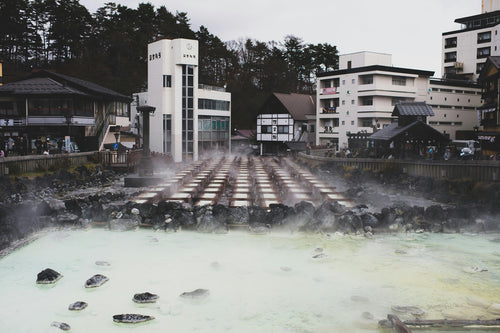
Japan’s Three Great Onsen: A Guide to Famous Hot Springs
Japan is famous for its natural hot springs, or *onsen* (温泉), offering visitors a unique opportunity to relax and rej...
-
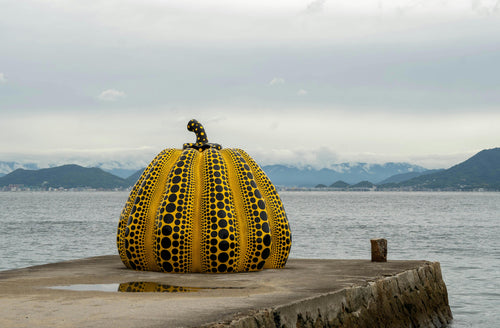
Japanese Art Exploration: Best Spots to Enjoy Art in Japan
Japan is a country rich in artistic heritage, from centuries-old traditional crafts to modern, innovative instal...
-

Guide to Japan’s Fireworks Festivals: When and Where to Go
Japan’s summer fireworks festivals, known as "hanabi taikai" (花火大会), are among the most anticipated events in th...
-
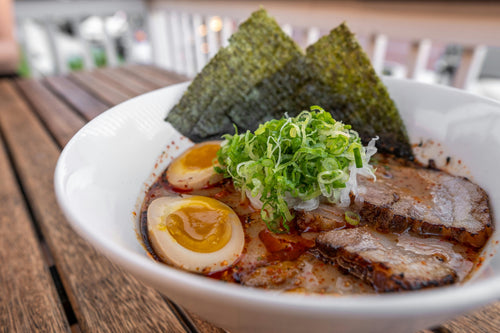
Where to Experience Ramen-Making Classes in Japan
Ramen is one of Japan’s most beloved dishes, with countless regional styles and flavors that attract food lovers from...
-
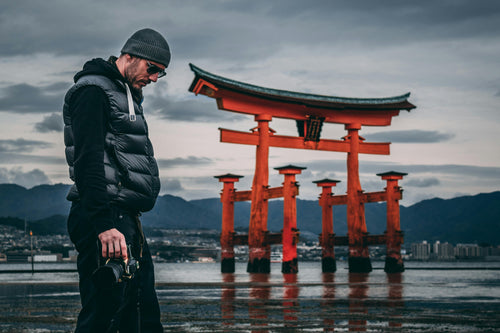
Power Spot Tours: Japan’s Famous Temples and Shrines
Japan is a land steeped in spiritual history, and visiting its temples and shrines provides not only a glimpse i...
-
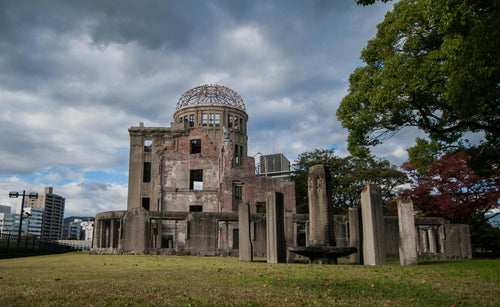
UNESCO World Heritage Site Tour Guide in Japan
Japan is home to numerous UNESCO World Heritage Sites, each offering a glimpse into the country’s rich cultural herit...
-

5 Famous Japanese Castles: History and Highlights
Japan is home to some of the most beautiful and historically significant castles in the world. Built during the feuda...
-
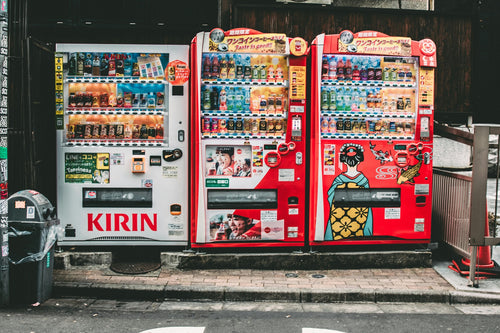
10 Unique Drinks to Try from Japanese Vending Machines
Japan is famous for its vending machines, offering an incredible variety of drinks that go beyond just soft drinks an...
-
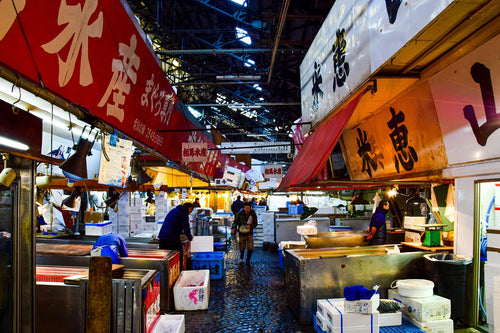
Tokyo Market Guide: Exploring Tsukiji and Toyosu Markets
Tokyo's Tsukiji and Toyosu Markets are must-visit spots for food lovers and anyone interested in Japan’s rich culinar...
-
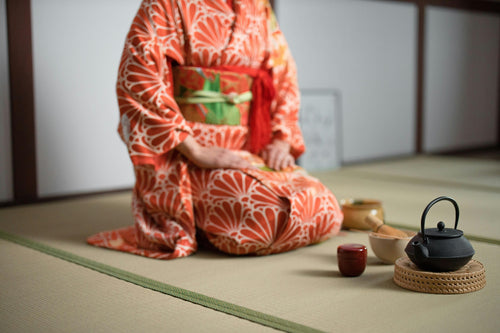
Experiencing Traditional Tea Ceremony in Tokyo
The Japanese tea ceremony, or "chanoyu," is a cultural experience steeped in tradition, aesthetics, and mindfulness....
-
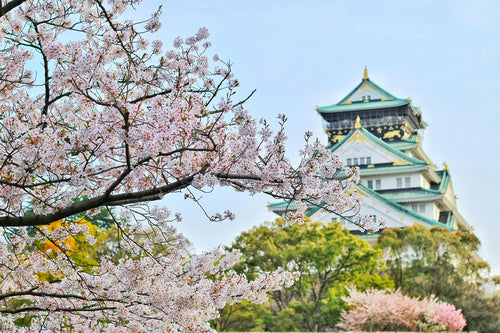
Top 7 Cherry Blossom Viewing Locations in Tokyo
Springtime in Tokyo is synonymous with the cherry blossom season, a breathtaking period when the city’s parks, rivers...
-
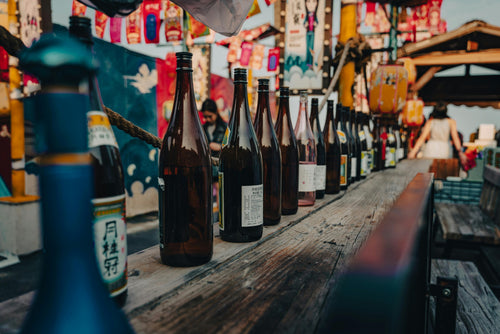
What is Sake? Its Production Method and History
Sake is a traditional Japanese alcoholic beverage made from fermented rice. It has been enjoyed in Japan for over a t...
-

8 hot springs with beautiful scenery near Tokyo
Tokyo is a bustling metropolis, but just outside the city are some of Japan's most serene hot springs, or onsens, off...
-

Top 10 museum to visit in Tokyo
Tokyo is home to a diverse range of museums that cater to all interests, from art and history to technology and pop c...
-
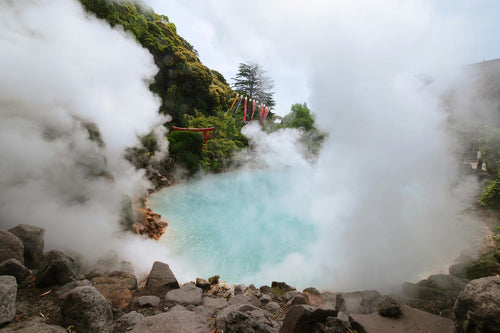
9 Best Hot Spring and Bathhouse in Tokyo
Tokyo is known for its vibrant urban energy, but it's also a fantastic place to relax and rejuvenate in hot springs (...
-
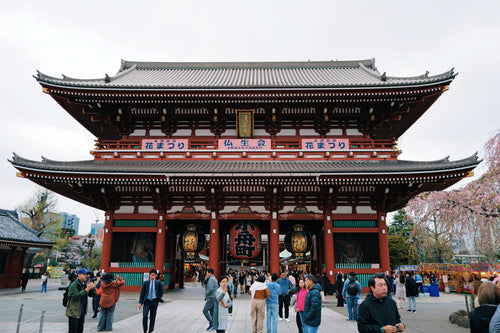
15 Famous Temples and Shrines to Visit near Tokyo
Tokyo and its surrounding areas are home to many famous temples and shrines that showcase Japan's rich spiritual and ...









































